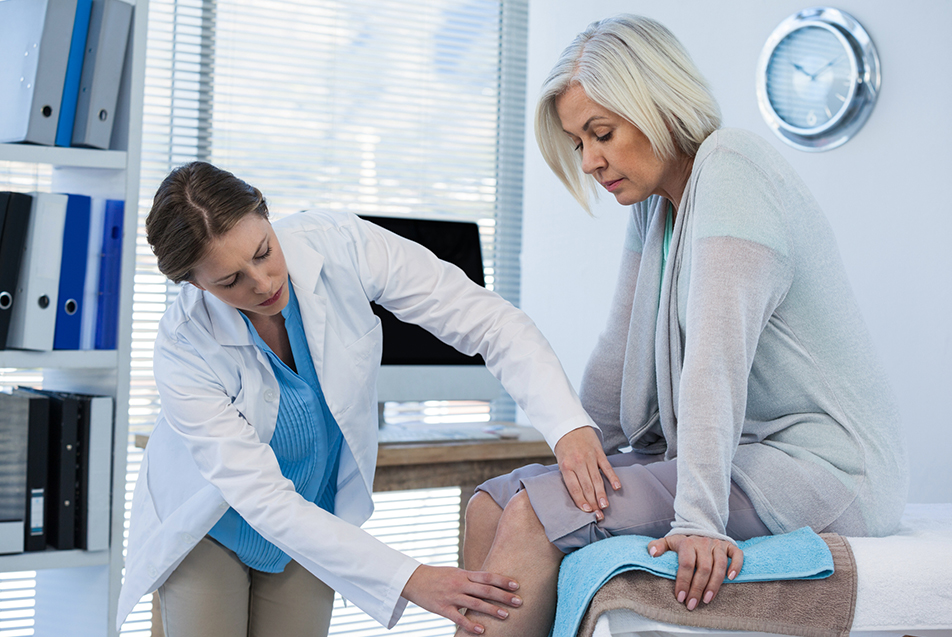
Venous insufficiency occurs when the veins in the legs do not return blood to the heart and upper body normally. Causes include long-term high blood pressure inside leg veins and blood clots in leg veins (deep vein thrombosis or phlebitis).
The veins in the body have valves that prevent blood from flowing the wrong way. These valves keep blood flowing toward the heart. Venous insufficiency means that the valves in the veins have become damaged, allowing blood to flow backward. This can cause fluid to pool in the legs. This often results in swelling of the legs (lower extremities) and may cause varicose veins.
David Sowden, MD, PPG – Cardiovascular Surgery, explains more about the symptoms, causes and treatment for this potentially painful condition.
What are some common symptoms associated with venous insufficiency?
Patients will often experience pain, swelling, varicose veins, spider veins, leg ulcers, itching, restless leg syndrome or thickened brown skin.
What are some of the risk factors or conditions linked to venous insufficiency?
Some of the risk factors include family history, pregnancy, trauma, idiopathic (cause unknown), obesity and lymphedema.
What are some of the treatments associated with venous insufficiency and varicose veins?
Common recommendations include elevation and compression. Medical procedures might include endovenous ablation (a procedure to close off varicose veins), sclerotherapy (a nonsurgical treatment to get rid of varicose veins in which a chemical called a sclerosant is injected into the varicose vein, causing it to close), stab phlebectomy (a procedure involving several tiny cuts through which the physician will remove the varicose vein) and vein stripping (minor surgery to remove a varicose vein).
When should a patient seek medical attention?
A patient should seek care if they experience spider veins or swelling, both of which are early signs that present before any major complications.
What are the risks associated with not seeking treatment?
If these conditions are left untreated, patients can experience leg ulcers, limb loss or infection.
Are there any lifestyle modifications people can make to encourage healthy veins?
We encourage weight loss, exercise and elevation when sitting. Self-care measures including regular movement, wearing compression stockings, avoiding long periods of standing, and elevating the legs may relieve symptoms.
Learn more about the team and services at the Parkview Vein Clinic.
